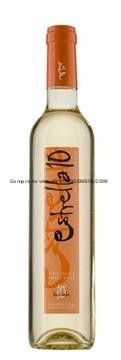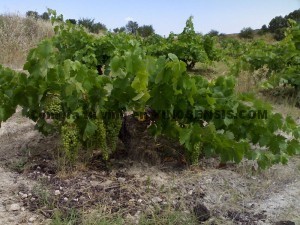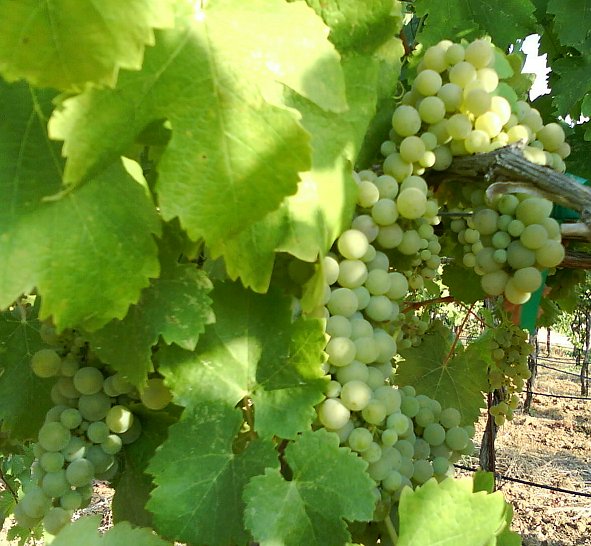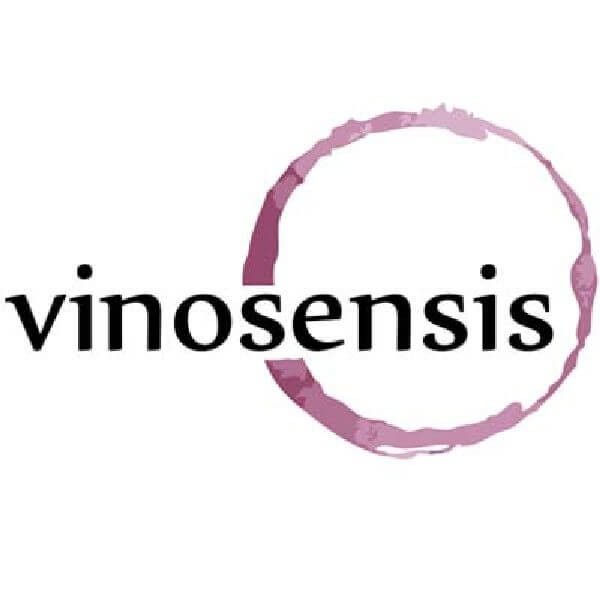por Vinosensis | Jul 30, 2010 | Enjoying
Introduction to rosé wine Rosé wine is undoubtedly the first wine in History. We have some representation in the form of paintings, depicting the harvest of grapes in Ancient Egypt. The study of these representations shows that oldest wines could only have a very light color (pink) as grapes were pressed by foot, and that the winemaker collected the juice to be fermented immediately. As there was no fermentation with the grapes themselves, it was impossible to get a deep red color. Thus, many representations (vases, mosaics, reliefs …) clearly show the common use of pink wine, whether in Egypt, Greece or Rome. A simple definition of a rosé wine can be: A wine made from red grapes, following white wine vinification methods. Rosé wine is quite interesting; it is usually fresh, fruity with aromatic notes and may be the ideal companion for many meals with friends or families. Its fresh and light aromas will be greatly appreciated in the summer. It may have been the ugly duckling of the wines, but with the modernization of wine-making methods and the development of the global market. It can now be enjoyed in different forms, from sweet pink wines (usually from the New World) to other dry rosé like the ones produced in France , Spain or Italy. The best rosés are often from France (Loire Valley and Provence) and Spain (Navarre, Madrid, Catalonia). Rosé, is NOT a mixture of red wine and wine with the exception of some wines of Champagne, where mixing is allowed. How is rosé wine made? – 3 ways to make rosé wine Bleeding First the... 
por Vinosensis | Jul 23, 2010 | Wine News
The Estrella 10 Blanco from Bodegas Murviedro has been awarded a Gold Medal at the 10th edition of the international competition Muscats du Monde, held in Frontignano-la-Peyrade (France). The competition has gathered about 200 samples of Muscat from 24 countries and has had more than 100 international expert tasters. Bodegas Murviedro has been the only winner from Valencia in the contest, along with four other national wineries. Estrella 10 Blanco is a wine coming from the D.O. Valencia, made from a selection of Muscat grapes. This is a particularly sweet and fruity wine with low alcohol content (10% Vol.) . Its tasting notes highlight its pale golden yellow with greenish hues, as well as very bright color. This white wine has intense and powerful aroma, characteristic of the variety, with hints of orange peel and lychee. It is tasty and sweet, while refreshing. Estrella 10 Blanco is ideal to accompany all types of sweet dishes, snacks and more sophisticated dishes such as foie. Translated from:... 
por Vinosensis | Jul 23, 2010 | Grapes
Airén grape – Photo: BodegasAmbite Introduction The Airen grape is a variety characterized by its use in the creation of light wines. This is white grape, although not widely known outside of Spain, is undoubtedly the grape with the largest growing area in Spain, representing approximately 32% of the total area of vineyards. It is estimated that 30% of its production is dedicated to the production of brandy. This variety is very productive and has an excellent ability to adapt to extremely dry and hot climates – perfect for central and southern regions of Spain. Moreover, this grape has quite good a record in its aptitude to resist to drought and diseases. Historically, wines made from Airen grape never had great success. But the quality of these wines was due to poor production methods during which no attempt to get the best from it were made. With new generations of winemakers and winegrowers, we can now see Airen wines that are a more suitable and pleasing to Spanish and European markets. Origins Airen grape has its origins in the lands of Valdepeñas and La Mancha. It is the white grape variety best suited to the southern plateau (Castilla la Mancha). Where isit grown? Airen grapes are grown in the regions of Almansa, Bullas, Jumilla, Manchuela, Valencia, Vinos de Madrid Yecla and Castilla la Mancha. Aromas The Airen grape variety can produce a very aromatic and fruity wine with moderate acidity. It has perfect qualities for the creation of young and traditional wines. Colors of Airen wines The wines made from Airen grape have very pale color with good clarity.... 
por Vinosensis | Jul 19, 2010 | Grapes
Introduction Viognier is a white grape that comes from Côtes du Rhône (France), and more specifically the northern Côtes du Rhône region. The viognier grape gives a white wine of exceptional quality, rich, creamy, very aromatic, with floral notes (violet) and fruit (mango, apricot) and well developed. In its heyday, it releases musk, gingerbread and snuff. Due to its susceptibility to oxidation, it is a wine to drink young. Origins A DNA analysis conducted in 2004 by researchers in California has demonstrated its alpine origins. It is also a cousin of the famous Italian red grape variety, Nebbiolo. Where is it grown? This white grape that is nowadays so appreciated, could have disappeared not so long ago; now it is among the most respected varieties planted around the world. Phylloxera in the nineteenth century and the political context of early twentieth century had limited arable land to sizes below 10 hectares (about half the size of the vineyard through France) in 1965. But the great qualities of this grape and the commitment of the appellation of origin (A.O.C) of the now famous Condrieu allowed Viognoer to reach his status of nobility in the past 20 years. In 2000 viognier represented about 2500 hectares throughout southern France. The Viognier grape is also used in Italy, Spain, Greece, Switzerland and Austria. But it is outside of Europe that it has met with real success. This is one of the great American white grapevarieties, mainly in California, where it is vinified separately or along with Chardonnay, Chenin Blanc and Colombard. It is also very popular in Australia, where it accounts for 70%... por Vinosensis | Jul 15, 2010 | Enjoying
”In victory we deserve it, in defeat we need it.” Napoleon Bonaparte about Champagne Preparing and taking care of the bottle of Champagne. Champagne must be at the correct temperature (between 8 and 10 ° C for exceptional Champagne, and between 6 and 8 ° C for others). The less you agitate the bottle, the better. Heat and agitation increase the pressure inside the bottle and it may result to be difficult or dangerous to open the bottle of Champagne in such conditions. To maintain the bottle at the appropriate temperature, place it in a Champagne bucket filled with one-third of the ice cubes and 2 / 3 of water. Handling the bottle. Hold the bottle, taking care not to agitate; dry and clean it once out of the Champagne bucket. Remove the lid and wire muzzle. Start by removing the paper or the aluminium layer that covers the cork. To remove the muzzle of wire (the wire frame that holds the cork), hold your thumb at the top to avoid any sudden burst. Tilt the bottle of Champagne. Keeping your thumb on the cork, tip the bottle tip to 45 degrees. This reduces the risk of seeing a geyser burst out of your bottle of Champagne. This angle increases the contact surface between the liquid and the air, resulting in a less violent decompression. Remove the cork. While holding the cork in one hand, gently turn the bottle with your other hand. It is the bottle that you must turn, not the cork. If the bottle or the cork is slippery, you can always use a clean, preferably... 


